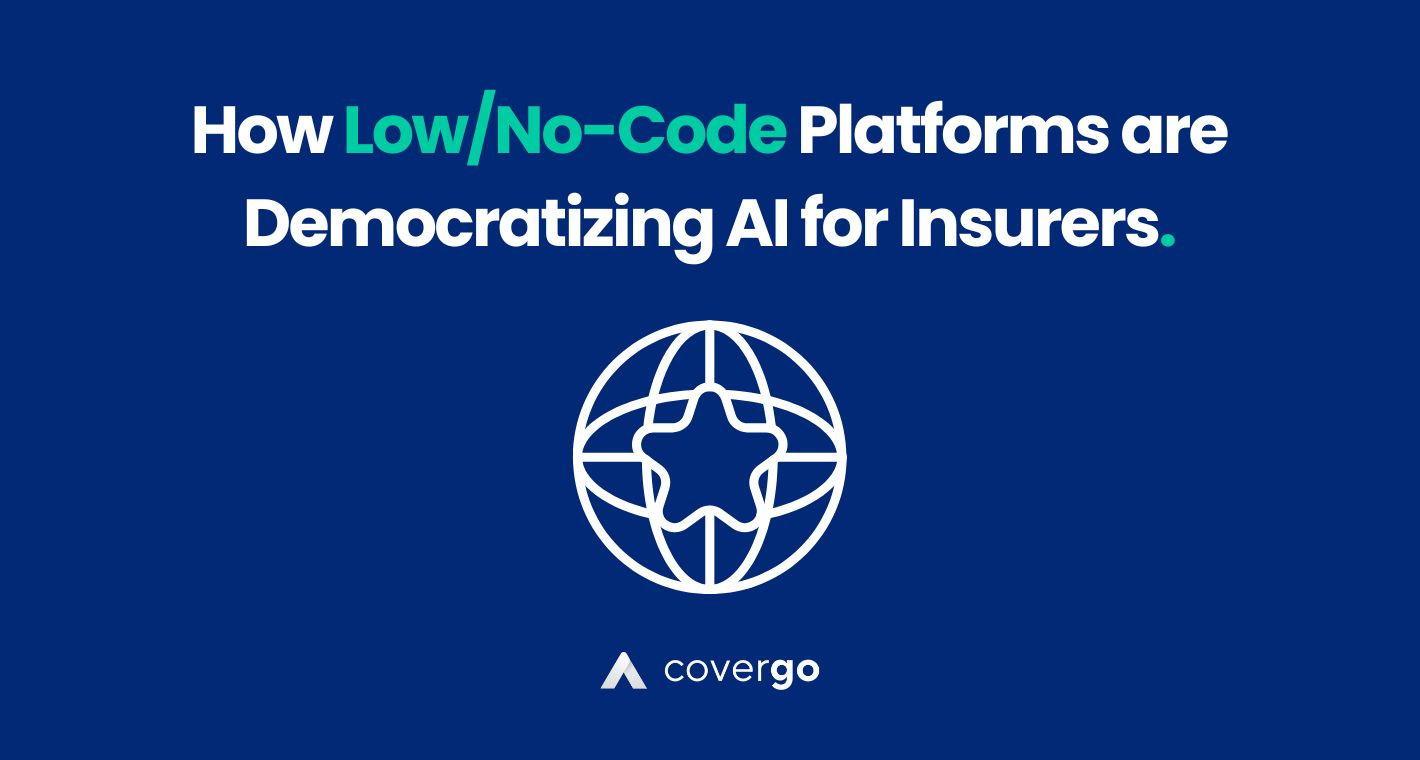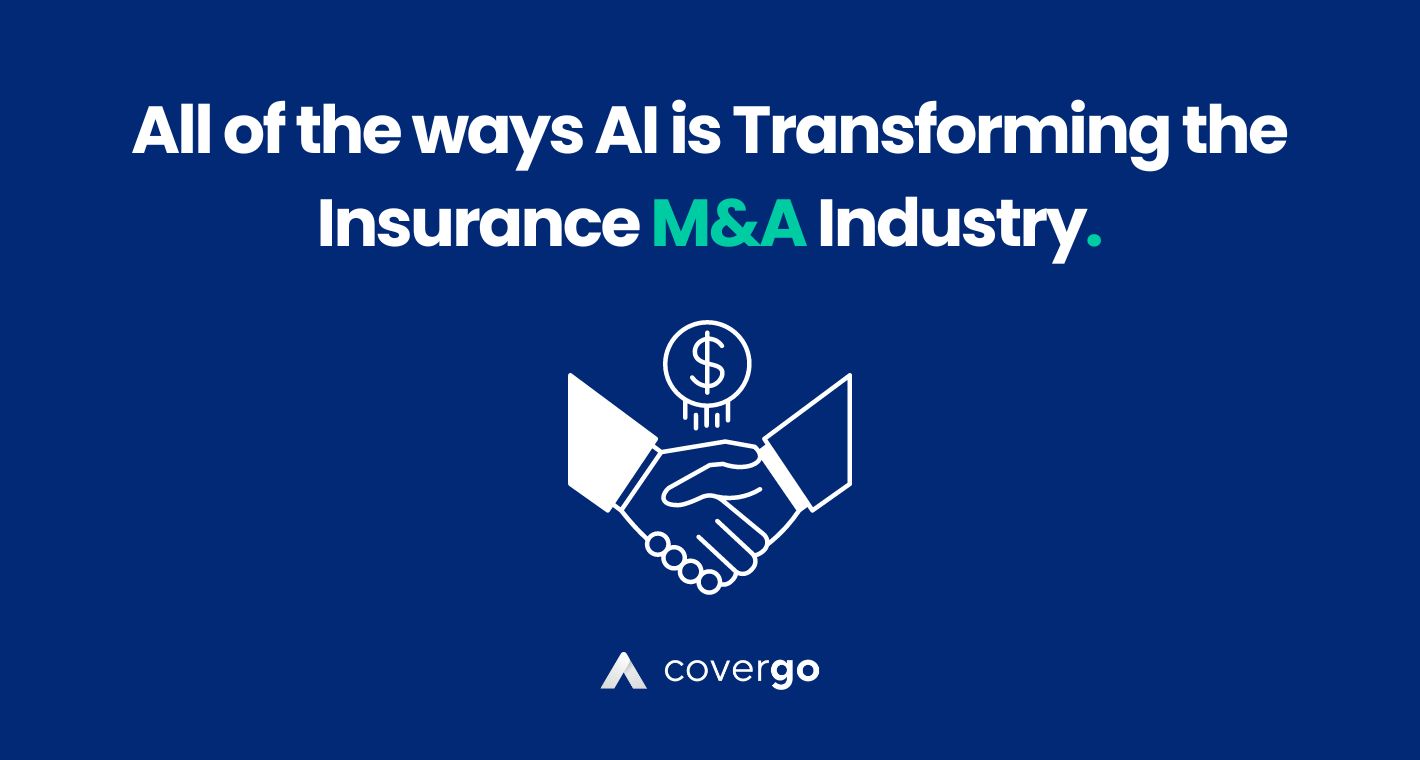The massive surge of artificial intelligence, the internet of things, big data analytics, and machine learning in the past few years has resulted in a transformation of several industries in the market globally, including the insurance sector.
Embedded insurance, which involves leveraging digital technology for seamlessly delivering various insurance services and providing greater value to various stakeholders, has changed the way customers can purchase insurance.
Here’s everything you need to know about it and how to implement it:
What is embedded insurance?
In simple terms, embedded insurance refers to the digital bundling of relevant insurance policies along with the purchase of a product or a service in real-time.
For instance, when you purchase flight tickets and are presented with the option of adding travel insurance to your cart before checkout, it is embedded insurance.
Interestingly, embedded insurance is not a revolutionary concept. It has existed since the 1980s through bancassurance arrangements between banks and insurance companies. This allowed insurers to sell relevant policies to the bank’s customers through their sales agents.
However, the popularity of embedded insurance has increased in the digital age as it becomes more convenient for insurance companies to place the right kind of insurance product right when a customer is purchasing a product or service online. Not only does it save the customer from the hassle of hunting for a policy elsewhere, but it also helps insurers to reduce their cost of sales and enjoy better customer retention.
Embedded insurance can be presented to the customers as either:
- as opt-in, where the customer has a choice to buy the insurance along with the product or service they are purchasing. For instance, opting for extended insurance protections when a customer is purchasing a new mobile phone; or
- as an opt-out, where the insurance policy is included by default along with the primary purchase. For example, the relevant insurance policy may be included within the purchase price of an electronic device, and the customer has to opt out of the embedded offer should they wish to look for a policy elsewhere.
Additionally, in some cases, the embedding may be invisible. For example, where insurance is so intricately linked to the primary product or service that the customer is purchasing that it becomes automatically embedded. Uber’s rideshare insurance which provides coverage to both drivers and passengers, is an example of invisible embedding.
Not all forms of embedding are the same. Here’s a breakdown of the most popular embedding strategies used by insurance providers:
Linked embedding
This involves offering insurance products to the customer as an add-on to the primary sale. Retailers providing extended warranty on any electronic device electronics use linked embedding. Customers love this as it makes their decision process easier — they know that product they wish to purchase comes with an added value.
Bundled embedding
If the sale of insurance is dependent on another service provider making a sale, it is known as bundled embedding. For example, in the automobile industry, a car is sold along with car insurance bundled up as an all-inclusive offer.
Related embedding
Related embedding doesn’t rely on the actual transaction undertaken by the
customer. The placement of the insurance policy increases the value of the core product. For example, an electronics retailer can guide purchasing the best air conditioner in the market and also place an ad about the importance of home insurance coverage for electronic products.
Why is embedded insurance the future and how to implement it scalably and efficiently?
Here are some key reasons to consider embedded insurance in the future, which holds the potential to transform the entire industry:
- It can help bridge the protection gap
Purchasing a one-off insurance policy can be burdensome for customers. In contrast, if it comes embedded in other non-insurance products, it provides customers an incentive to get the policy without having to do much heavy lifting and protect themselves against losses. There also exists a protection gap worth $1.2 trillion, which refers to the difference in the amount of insurance that a customer could purchase and the insurance actually purchased.
This is a huge opportunity for insurance companies to identify these gaps and embed their insurance policies through the right channels to engage with online customers. Tools such as CoverGo’s no-code product builder and 500+ insurance APIs that can integrate with any legacy or third-party system seamlessly enable insurers to embed their policies virtually anywhere they want and provides them an edge over the competition.
- It can provide access to new markets
Embedded insurance provides inroads into untapped markets. For instance, insurers operating in developing markets may not be directly able to sell the policies to economically disadvantaged customers directly. However, through embedded insurance processes, they can tie up with the microfinance industry and offer appropriate insurance products to the rural markets.
- It brings down the cost of acquiring new customers
For any insurer, the cost of acquiring new customers is steep. But as embedded insurance leverages affinity partnerships and uses the existing channels of the primary product to acquire customers, the cost goes down significantly. This not only reduces the premium for customers but also improves the margins for the insurer.
- It simplifies the claim process
A hassle-free insurance process works in favor of both the customer and the insurer. With embedded insurance, the claim process becomes straightforward as insurers have access to data obtained during the onboarding stage, which can be used for evaluating and settling claims.
With CoverGo, you can effortlessly streamline the policy and claims management processes, thanks to a fully configurable admin platform that automates your business.
Embedded insurance has the potential to foster an insurance marketplace where there is an end-to-end policy admin system and a robust API architecture to help insurance companies effortlessly distribute their products to a wide range of customers.
Given that most customers rely on omnichannel applications to make any purchase decision, bundling up the relevant insurance policies and presenting them before the right audience through such channels is necessary.
Software like CoverGo has been customized to combine these channels and deliver the policies seamlessly.
Embedded insurance is what will spearhead insurance distribution in the future
In the B2B2C insurance marketplace, surviving the competition is no walk in the park. Companies need a viable solution to acquire new customers at the lowest possible cost while providing the customers with what they need.
Embedded insurance makes it possible for insurers to expand their reach and tap the customers located in various digital ecosystems.
With CoverGo, you enjoy a completely configurable and no-code SaaS insurance platform that supports omnichannel distribution and makes policy admin and claims trouble-free. Get in touch right away to schedule a demo.



